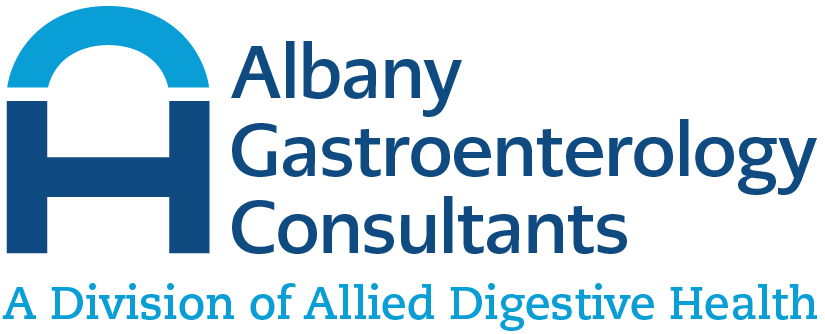What Is Anorectal Disease?
Anorectal disease refers to any disease associated with the anus, rectum, or sphincteric ring, which circles the anal canal. Anorectal diseases can range from mild to severe. The most common anorectal conditions are hemorrhoids, anal fissures, anorectal abscesses, and anal fistulas, however anal cancer is also an anorectal disease.
What Are the Most Common Types of Anorectal Diseases?
The most common types of anorectal diseases include:
- Hemorrhoids. Hemorrhoids, also known as piles, are the most common type of anorectal disease. They can occur from straining while having a bowel movement, age, obesity, pregnancy, heavy lifting, or chronic diarrhea or constipation. They’re often easily cured with over-the-counter treatments, but some hemorrhoids require medical intervention. Treatments include hemorrhoid banding and infrared coagulation (IRC).
- Anal fissures. These are small tears that occur in the lining of the anus. Anal fissures can occur from dry bowel movements, inflammation, or diarrhea. Fissures often heal on their own, but if a patient has persistent anal fissures or symptoms of bleeding, they should contact their gastroenterologist.
- Anal warts. The cause of anal warts is the human papillomavirus (HPV). Treatment of anal warts is removal, either with cauterization or ointments. Because treatment does not treat HPV directly, anal warts commonly return, and multiple treatments are needed to eradicate them.
- Anorectal abscesses. Anal glands can become infected, which can, over time, cause an anal abscess. Patients may experience pus and swelling around the anus. This is a common condition in those who have Crohn’s disease and ulcerative colitis, both inflammatory bowel diseases (IBD). Treatment typically requires local anesthetic and draining of the abscess.
- Anal fistula. After they are treated, roughly half of anorectal abscess turn into a fistula, a channel that links infected glands to the skin around the anus. This occurs because the skin did not recover properly after an abscess draining. Treatment for anal fistulas is typically minor surgery.
What Are Other Anorectal Diseases?
There are several types of anorectal diseases, ranging in severity. The most common of all and easiest to treat are hemorrhoids, however, there are many more anorectal diseases, including:
- Anal itching. When patients have persistent anal itching that interferes with quality of life, they require a medical examination. Occasionally, anal itching is hygiene-related, but the majority of cases are idiopathic and require treatment.
- Anal cancer. There are about 1,350 deaths in the United States annually from anal cancer. This typically refers to squamous cell carcinoma in the anocretum. Anal cancer can be treated with radiation therapy, chemotherapy, and excision.
- Fecal incontinence. If a patient cannot hold their bowel movements in, this is referred to as fecal incontinence. This can result from congenital abnormalities, injuries to the rectum or anus, dementia, tumors, diabetes, and other conditions. Treatment typically begins with perineal exercises, however, sometimes surgery is required. There are other newer non-surgical treatments aimed to strengthen anal sphincter function and correct fecal incontinence.
- Levator syndrome. The primary symptom of Levator syndrome is pain in the coccygeal region or the rectum. This condition causes rectal discomfort and pain because of sporadic spasms of the levator ani muscle, which is located in the anorectal region. Treatment usually involves over-the-counter treatments, such as analgesics and sitz baths. Another option is electrogalvanic stimulation.
- Colorectal cancer. Colorectal cancer is cancer of the colon and rectum, which makes it an anorectal disease. Colorectal is the third leading cause of cancer deaths in the United States. Colonoscopy is suggested for those age 45 and over as a screening tool. Treatment includes polypectomy if polyps are benign or precancerous,, and surgery, radiation and chemotherapy in later stages.
- Pilonidal disease. Anorectal abscesses are one of the more common anorectal diseases, however, pilonidal disease involves a severe abscess, or chronic draining of an area at the upper end of the buttock region and above the anus. Treatment typically requires incision and drainage of the abscess.
- Proctitis. When rectal mucosa (protectitive lining around the recum) is inflamed, this is known as proctitis. Symptoms may include pain and rectal bleeding. Sigmoidoscopy is the diagnostic tool used to diagnose proctitis. Treatment depends on each individual case and its severity.
- Rectal foreign bodies. This refers to a foreign object being inserted into the anus or rectum that becomes stuck. Rectal foreign bodies can also occur if a foreign body is swallowed. This condition typically is very painful, and both an experienced surgeon and gastroenterologist should examine the patient to decide on the method of removal.
- Rectal prolapse. Rectal prolapse occurs when the rectum pushes through the anus. Patients will likely notice the protrusion. A common cause of rectal prolapse is untreated hemorrhoids. In adults, surgery is typically required to correct the problem.
- Solitary rectal ulcer syndrome. This is a rare disorder of the distal rectal mucosa (mucosal lining of the rectum) that most often occurs from straining during a bowel movement. Ulcers are small sores that appear in the anorectal area. First-line treatment may involve laxatives, however surgery may be required, particularly if this condition is comorbid with rectal prolapse.

